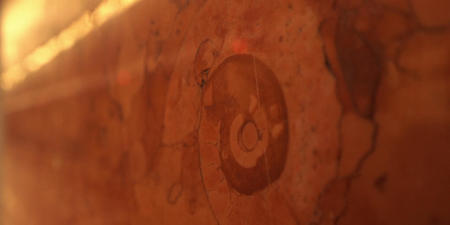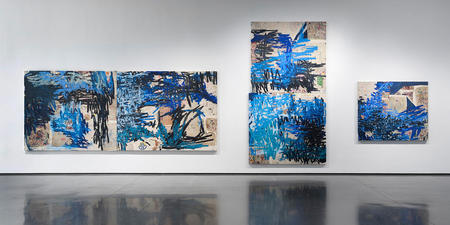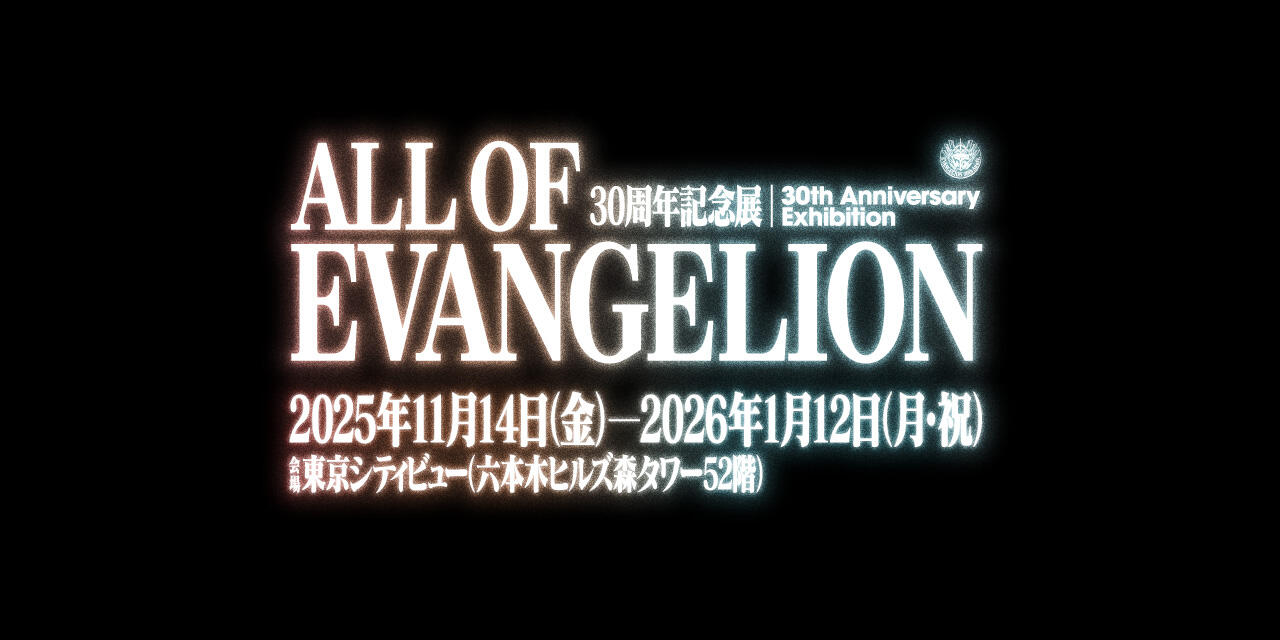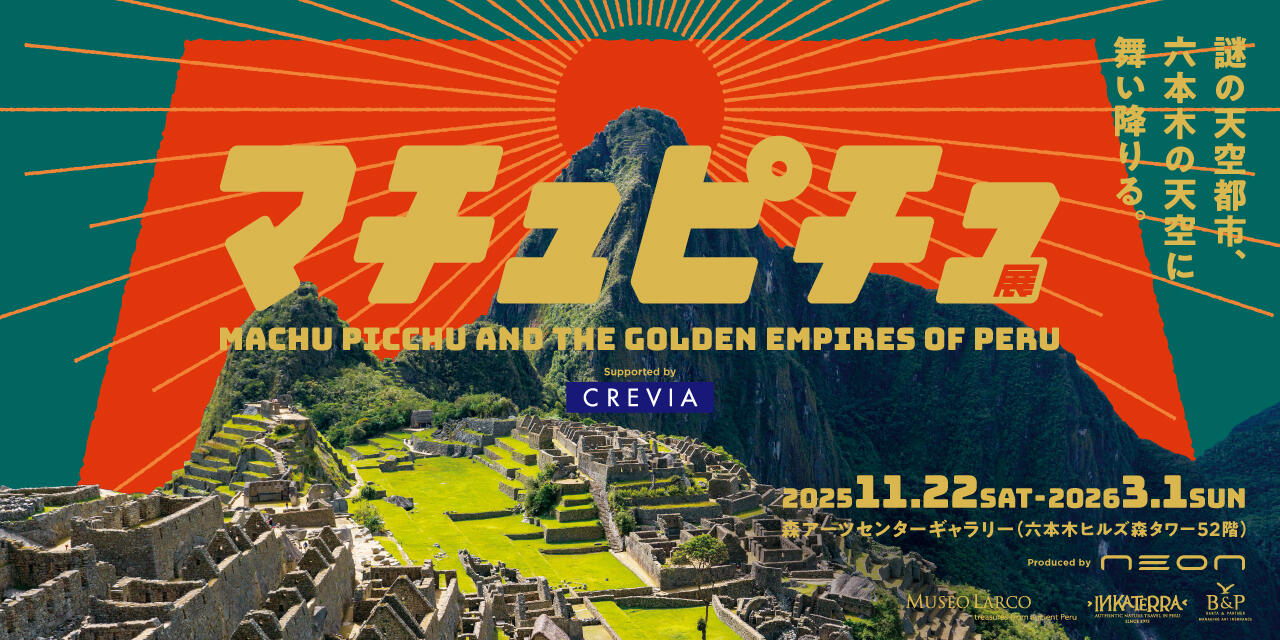* in alphabetical order of the artists’ surnames
- Etel Adnan Born 1925 in Beirut; died in Paris in 2021
- Phyllida Barlow Born 1944 in Newcastle upon Tyne, UK; lives in London
- Anna Boghiguian Born 1946 in Cairo; lives in Cairo
- Miriam Cahn Born 1949 in Basel, Switzerland; lives in Bregaglia
- Lili Dujourie Born 1941 in Roeselare, Belgium; lives in Lovendegem
- Anna Bella Geiger Born 1933 in Rio de Janeiro; lives in Rio de Janeiro
- Beatriz González Born 1932 in Bucaramanga, Colombia; lives in Bogotá
- Carmen Herrera Born 1915 in Havana; lives in New York
- Kim Soun-Gui Born 1946 in Buyeo, South Korea; lives in Paris
- Suzanne Lacy Born 1945 in Wasco, CA; lives in Los Angeles
- Mishima Kimiyo Born 1932 in Osaka; lives in Osaka and Gifu, Japan
- Miyamoto Kazuko Born 1942 in Tokyo; lives in New York
- Senga Nengudi Born 1943 in Chicago, lives in Colorado Springs, CO
- Nunung WS Born 1948 in Lawang, Indonesia; lives in Yogyakarta
- Arpita Singh Born 1937 in Baranagar, India; lives in New Delhi
- Robin White Born 1946 in Te Puke, New Zealand; lives in Masterton
It is with deep sadness that we inform you of the November 14 passing of Etel Adnan, one of the sixteen participating artists. We’d like to express our sympathies and extend sincere condolences to the artist’s family and friends.
List of Works
Download the Another Energy work list. (PDF/319KB)
Installation View
Check out Another Energy installation view on Flickr.
Notice
Kindly note that exhibition of the following two works will end on Tuesday, September 28, 2021:
- Victoria (2017) by Carmen Herrera; and
- Cargueros de Bucamaranga (Bucaramanga Porters) (2006) by Beatriz González.
Etel Adnan
[B.1925 in Beirut, and died 2021 in Paris]
Since the 1960s, as poet, novelist and painter, Adnan’s work bridges imagery and text, the East and the West, as well as modern and contemporary, while mirroring in her life story of traveling between the continents and cultural spheres. In particular, Japanese culture has served as an inspiration for many works without her even visiting Japan, ever. Her work reflects a sensitive, dynamic relationship with the world, exploring multi-layered matters related to landscape, abstraction, color, writing, memory and history. A subtle political undertone is dominant in the broad spectrum of her works, as Adnan expresses a strong sense of solidarity with anti-war movements worldwide.
About the exhibited work(s): Here
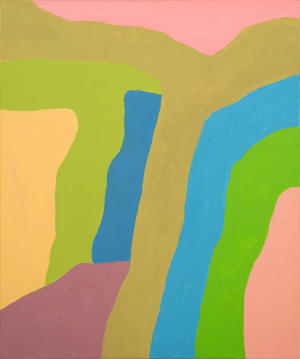
Untitled
2018
Oil on canvas
55 x 46 cm
Courtesy: Sfeir-Semler Gallery Beirut/Hamburg
Phyllida Barlow
[B. 1944 in Newcastle upon Tyne, UK]
Barlow grew up in London as the city recovered from the WWII, and went on to study art there. Working in painting and sculpture, she is concerned not only with the beauty of surfaces and forms of materials, but their condition/state in terms of qualities such as time, mass, balance and rhythm, and creates sculptural works in state of transformation - often structures or forms seemingly on the verge of collapse, or of standing upright. She employs inexpensive industrial materials such as concrete, plywood and cardboard, the tense balance between these bare materials providing the underlying element for all her works. Barlow represented UK at the 57th Venice Biennale in 2017.
About the exhibited work(s): Here
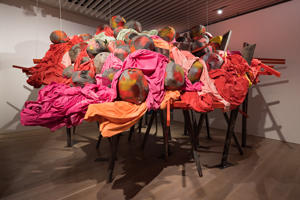
Undercover 2
2020
Timber, plywood, cement, scrim, plaster, polyurethane foam, paint, PVA, calico, and steel
Dimensions variable
Courtesy: Hauser & Wirth
Installation view: Another Energy: Power to Continue Challenging - 16 Women Artists from around the World, Mori Art Museum, Tokyo, 2021
Photo: Furukawa Yuya
Anna Boghiguian
[B. 1946 in Cairo]
Boghiguian studied political science in the 1960s, before moving to Montreal in the 1970s to study art and music. She now lives rather nomadic, moving around the globe, researching the history, politics and social conditions of each place she stays and lingers in, linking her findings to transnational themes, and exploring mutual connections. Her cutout-drawing installations reminiscent of shadow-puppet theater speak eloquently of the contrasting light and shade of modern society, made visible by her bird’s-eye view of the world. Since documenta 13 in 2012, Boghiguian has been featured in a number of large-scale solo shows and international exhibitions.
About the exhibited work(s): Here
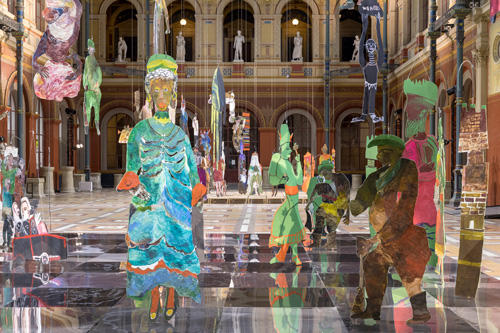
Institutions vs Masses
2019
Installation view: The Square, the Line and the Ruler, Beaux-Arts de Paris, 2019
Photo: Nicolas Brasseur
* Referential image
Miriam Cahn
[B. 1949 in Basel, Switzerland]
Influenced by social trends such as the anti-nuclear movement, Cahn started her career as an artist in the 1970s. Her charcoal drawings distinguished by powerful lines as well as her vibrantly-colored oil paintings are intimately connected to social issues such as discrimination and violence, to war, and to her own identity as a Jewish woman. In 2017, she took part in documenta 14, and in 2019 had a major solo show that toured to the Kunstmuseum Bern, Haus der Kunst (Munich), and Museum of Modern Art, Warsaw.
About the exhibited work(s): Here
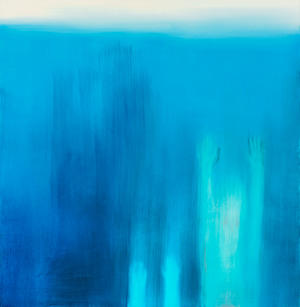
das schöne blau (the beautiful blue)
May 13th, 2017
Oil on canvas
200 x 195 cm
Collection: WAKO WORKS OF ART, Tokyo
Lili Dujourie
[B. 1941 in Roeselare, Belgium]
Dujourie’s early works are regarded as a feminist reaction on the impersonal dogmas of the Minimalism during the 1960s. Starting from a relation to body, matter, and culture at large, her artistic practice unfolded into her own intimate artistic terra incognita by combining painting, sculpture, film, performance and photography. In silence, muteness and poetic expression of absence, all of which are distinct elements that characterize her works, “pause” is frequently celebrated as a necessary condition for an action. In Another Energy, Dujourie is to present sculptures, works on paper, and video work covering various periods of her practice from 1967 to 2009.
About the exhibited work(s): Here
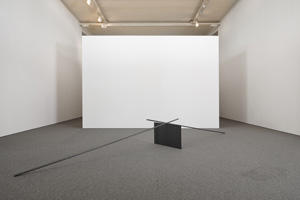
Untitled (Balance)
1967
Steel and iron
Plate: 45 x 75 x 0.3 cm, bar: 300.6 x φ2.2 cm
Installation view: Folds in Time, Mu.ZEE, Ostend, Belgium, 2015
Photo: Dirk Pauwels
Anna Bella Geiger
[B. 1933 in Rio de Janeiro]
Geiger is amongst the most important contemporary artists in Brazil. Since the 1950s, she’s built up an oeuvre where engagement and experimentation stand central. Her early abstract work connected with the body in the same way as her work in other media such as print, video and sculpture always kept a relation to the social situation surrounding her. Her personal standing as a child of a Polish migrant family, operating on the margins of Western modernization within the deep political turbulences of Brazil, has caused her to continuously examine the issues of geopolitical borders and identities.
About the exhibited work(s): Here
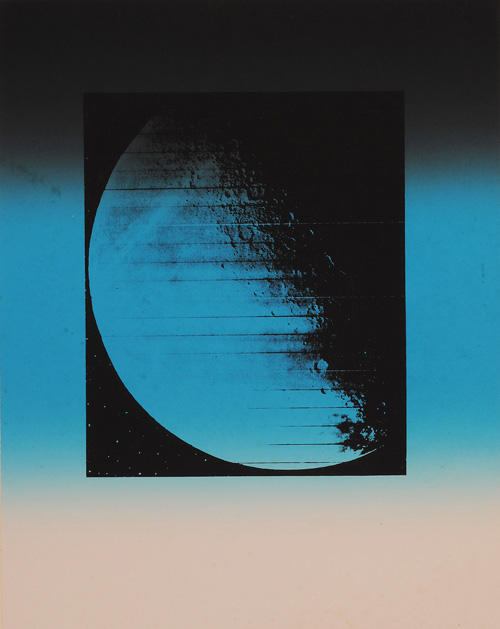
Lunar I (Moon I)
1974
Photo silkscreen on paper
39 x 30.6 cm
Beatriz González
[B. 1932 in Bucamaranga, Colombia]
González started practicing art in the 1960s after studying architecture, painting and art history. She produced works by appropriating images both from Western art history and local newspapers, modifying them through a language based on figuration, flat surfaces, and a broad color palette. Not confined to the canvas format, she explored everyday supports - curtains, furniture, wallpapers, which have similarities with the pop art movement. At Another Energy, works in different media referring to the socio-political conflicts in her home country of Colombia will be showcased.
About the exhibited work(s): Here
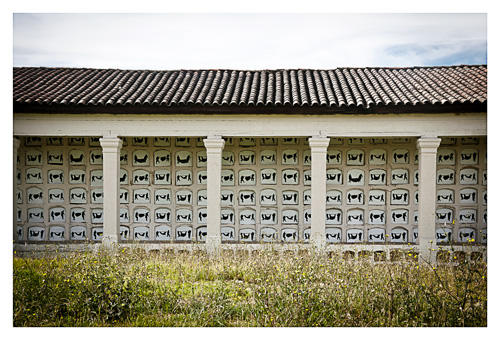
Auras anónimas (Anonymous Auras)
2007-2009
Installation view: Central Cemetery of Bogotá, Colombia, 2007-2009
Photo: Laura Jiménez
Carmen Herrera
[B. 1915 in Havana]
Herrera is considered as one of the pioneers of geometric abstraction in the U.S. After studying architecture in Havana, she studied painting at the Art Students League in New York. She befriended artists of then-newly-emerging Abstract Expressionism. Later in postwar period, she moved to Paris where art and literature burgeoned. Since the 1960s, she has produced “Estructuras (Structures)” sculpture series furthering the architectonically-oriented abstraction, aside from her paintings. What characterizes her entire oeuvre is her quest for humanism far beyond any -ism taken as trends in the art world.
About the exhibited work(s): Here
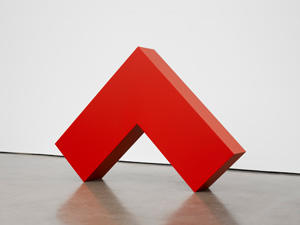
Angulo Rojo (Red Angle)
2017-2018
Painted aluminum
109.7 x 153.7 x 26.4 cm
Courtesy: Lisson Gallery
Kim Soun-Gui
[B. 1946 in Buyeo, South Korea]
After studying art at the College of Fine Arts, Seoul National University, Kim moved to France in 1971. Working in diverse multimedia art including video, performance, installation, sound, sculpture, photography, she conducts international artistic activities and has undertaken studies in semiology and aesthetics. Deeply influenced by Buddhist and Taoist philosophies and Wittgenstein’s investigation on language, she through her works explores the nature of time or the language game, and questions of life and art. In recent years, she has developed an interest in science and technology, expanding her creative output to encompass installations employing robotics and AI. In 2019, her retrospective Kim Soun-Gui: Lazy Clouds was staged at the National Museum of Modern and Contemporary Art, Korea in Seoul.
About the exhibited work(s): Here
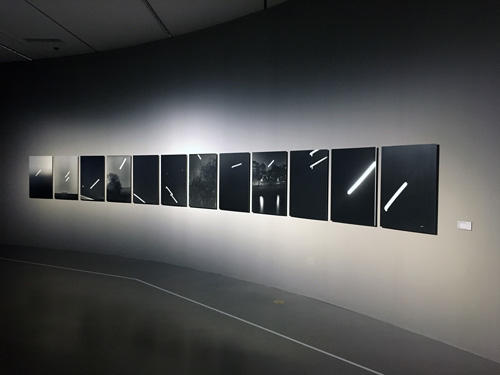
Lunes (Moons)
2003-2005
Gelatin silver print
82.5 x 60 cm (each, set of 12)
Installation view: As the Moon Waxes and Wanes, National Museum of Modern and Contemporary Art, Korea, Gwacheon, 2014-2015
Suzanne Lacy
[B. 1945 in Wasco, CA]
Lacy, an educator and author, is considered a pioneering figure in the realm of so-called Socially Engaged Art. Based mainly in Los Angeles since the 1970s, through her dialogue with communities there she has addressed social issues such as feminism, racism, aging and violence, and other urban problems. She’s been extremely proactive; employing performance, video, photography, community activities and other media in a vast output diverse in both scale and mode of expression, from personal works taking her own body as the subject, to ambitious projects involving hundreds of performers.
About the exhibited work(s): Here
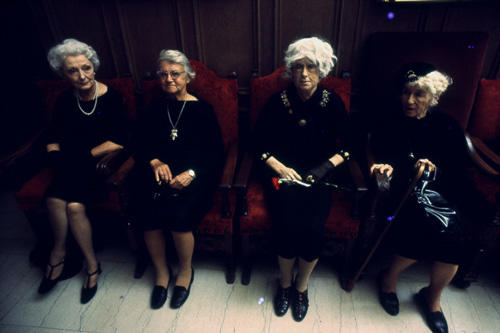
Inevitable Associations
1976
Performance
Performance view: Biltmore Hotel, Los Angeles, 1976
Photo: Raúl Vega
Mishima Kimiyo
[B. 1932 in Osaka]
Mishima first garnered attention for her highly-experimental two-dimensional works in the late 1950s, including oil paintings and collages made from printed and waste materials. Since 1973, she has made sculptural pieces with silkscreen printing on ceramics where the incongruity between surface and materials - the likes of newsprint and empty cans being reproduced on the non-disposable material of clay - serves as a critique of then newly growing consumerist, digital society. She continues to make art at a prolific rate, turning out large-scale installations and three-dimensional works, and in recent years has enjoyed a burgeoning reputation both in her homeland of Japan and beyond.
About the exhibited work(s): Here
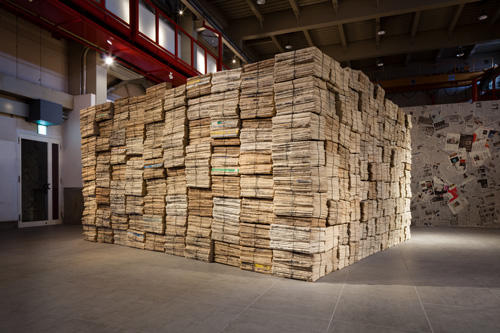
Work 92-N
1990-1992
Silkscreen on ceramic
227 x 490 x 390 cm
Photo: Ogawa Shigeo
Photo courtesy: Bijutsu Shiryo Center, Tokyo
Miyamoto Kazuko
[B. 1942 in Tokyo]
After graduating from the Gendai Bijutsu Kenkyujo (Contemporary Art Research Studio) in 1964, Miyamoto moved to the U.S., where she attended the Art Students League, settling in New York. Continuing her studies on Minimalism while working as an assistant to Sol LeWitt, she also began to address her own personal identity in the melting pot of New York, and became heavily involved in the activities of the A.I.R. Gallery set up in 1972 by a group of female practitioners. In addition to her string installations based on meticulous drawings, Miyamoto continues to work in a variety of media including sculpture and performance.
About the exhibited work(s): Here
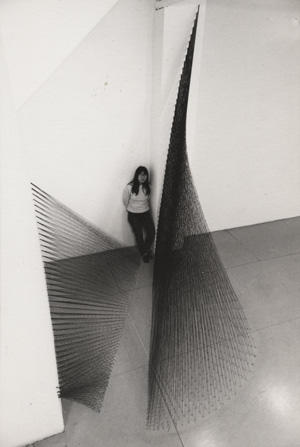
Black Poppy
1979
String and nail
274 x 183 x 213 cm
Courtesy: EXILE, Vienna; Take Ninagawa, Tokyo
Installation view: New Work, A.I.R. Gallery, New York, 1979
Senga Nengudi
[B. 1943 in Chicago, IL]
Nengudi’s artistic practice combines sculpture, performance and dance. She moved to Tokyo and studied at Waseda University for a year in the 1960s, to immerse in Japanese culture and to learn about the Gutai Art Association. Since then, influences of Japanese theatrical forms such as Kabuki and Butoh, as well as West African ritual practices help build more of her visual language. Above all, a number of her sculptures produced in the 1960s-70s were intended for the moment of their presentation; thereby no longer exist. “Permanence has never been a priority for me - to the chagrin of many,” she noted in one of her statements. The objective of art, according to her, is thus not its conservation and canonization, but instead, its steady potential to be open and to continue.
About the exhibited work(s): Here
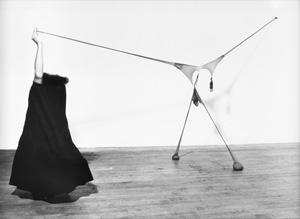
Studio Performance with R.S.V.P.
1976
Gelatin silver print
Photo: Ken Peterson
Photo courtesy: Sprüth Magers; Thomas Erben Gallery; Lévy Gorvy
Nunung WS
[B. 1948 in Lawang, East Jawa, Indonesia]
An aspiring painter from a young age, Nunung studied fine art at the Surabaya Fine Arts Academy. Reflecting the traditional Islamic prohibition of idolatry, she has since the very beginning of her career focused on paintings in geometric abstractionism style, doing away with shapes, and layering colors, to explore its infinite possibilities. She owes a great deal of her inspiration to the mountain landscapes and sunlight of Java, and other aspects of its natural environment that surround her daily, and the spiritual qualities of that environment. Her painting also resonates with the energy dwelling in traditional textiles, where the intersection of warp and weft creates new colors.
About the exhibited work(s): Here
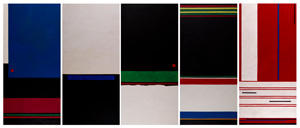
Dimensi Tenun #1 (Dimension of a Weaving #1)
2019
Acrylic on canvas
425 x 180 cm (set of 5)
Arpita Singh
[B. 1937 in Baranagar, India]
In the 1950s soon after India’s Independence from Britain, Singh studied art in Delhi and began to show her work. During the 1970s-80s, she explored new materials and techniques through abstract drawings, and went on to exhibit at a series of shows in Europe and elsewhere amid burgeoning international interest in Indian contemporary art. In the 1990s, as text and numbers began to appear in Singh’s paintings, they developed into picture planes weaving abstract and figurative together, painterly imagery, text and numbers to form a harmonious whole, depicting fragments of the world of the sort routinely absorbed from sources such as advertising signage, TV and newspapers.
About the exhibited work(s): Here
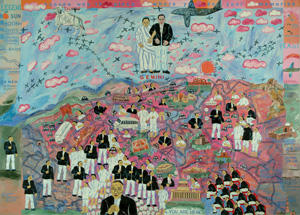
My Lollipop City: Gemini Rising
2005
Oil on canvas
152.4 x 213.3 cm
Collection: Vadehra Art Gallery, New Delhi
Robin White
[Born 1946 in Te Puke, New Zealand]
As a student, White studied under the prominent figure of New Zealand Modernism Colin McCahon. Moving to the Otago Peninsula, by around 1972 she became known as one of the New Zealand regionalists, with a style characterized by bold contouring. In 1982, she moved with her family to the Pacific nation of Kiribati and lived there for 17 years, taking the opportunity to expand her concept of art by engaging in the Island’s traditional collaborative work. Recent years have seen White working actively on a series of projects alongside women from Kiribati, Fiji and Tonga and elsewhere in the Pacific.
About the exhibited work(s): Here
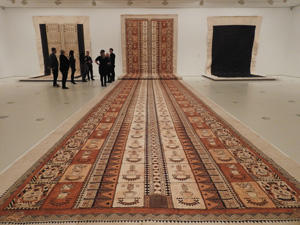
Seen Along the Avenue (from the series “Ko e Hala Hangatonu: The Straight Path”)
2015-2016
Earth pigments and natural dyes on ngatu (barkcloth)
2,400 x 380 cm
Courtesy: McLeavy Gallery, Wellington
Installation view: Seen Along the Avenue, The National Gallery of Victoria, Melbourne, 2016
Photo: Michael Fudakowski




